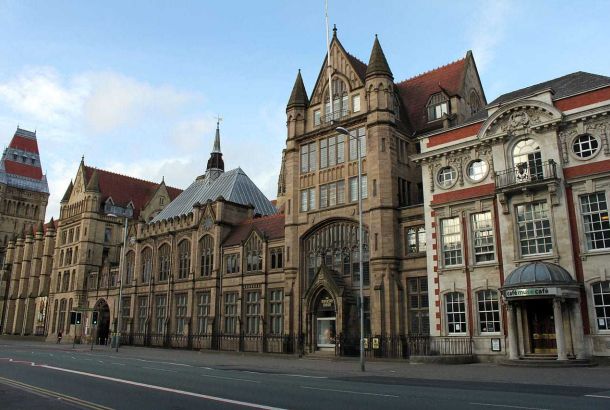Graphene takes flight

A paper published by researchers based at the University of Manchester’s National Graphene Institute and the Aerospace Technology Institute has explored the potential use of graphene in aerospace.
Graphene is a material made from a single layer of carbon atoms, and has many unusual properties. It is the strongest material ever tested and conducts both electricity and heat with incredible efficiency. The material was first isolated at the University of Manchester in 2004 by researchers Geim and Novoselov, who consequently won the 2010 Nobel Prize in Physics.
The recent paper has collated an aerospace-industry perspective of the benefits of working with graphene, and the market opportunities for UK aerospace companies.
The two-dimensional material has potential to improve aircraft efficiency and reducing running costs by incorporating graphene into the materials currently used in aircraft construction and thus reducing aircraft weight. This could also help to reduce carbon emissions.
The article, launched at the 2018 Materials Research Exchange, was introduced by Sir Richard Branson, who spoke with enthusiasm about the potential uses of the material:
“The potential for graphene to solve enduring challenges within the aerospace sector presents real opportunities for the material to become disruptive, and a key enabler in future aircraft technology. We need to accelerate the opportunity for the UK to realise the benefits from graphene by creating a portfolio of graphene-related research and technology projects which if undertaken would lead to real impact in our aerospace industry.”
This research was lead by Mark Summers, Head of Technology for Manufacturing, Materials, and Structures at the Aerospace Technology Institute, and James Baker, CEO of Graphene@Manchester.
Summers said: “the material has the potential to bring exciting applications and efficiencies into the sector. Although its exploitation into the aerospace sector is still in its infancy, it is anticipated that the scope of potential applications will continue to expand.
“We will seek to accelerate the maturation of graphene technology opportunities through our R&T programme, in a bid for the UK to remain ahead of the challenge and continue leading on the research and exploitation of the material in aerospace.”
Baker also noted the new opportunities, saying “major generational improvements in the aerospace sector have been associated with embracing new materials. Aluminium and carbon fibre have seen planes become faster, greener, cheaper with more functionality. Now graphene and related two-dimensional materials can mark the next step-change.
“By incorporating graphene into the existing materials used to manufacture planes, performance properties could be improved across a number of key areas. By utilising the multi-functional properties of graphene and through collaboration between industry and academia, there are significant opportunities which can accelerate the next-generation of aerospace technologies.”







